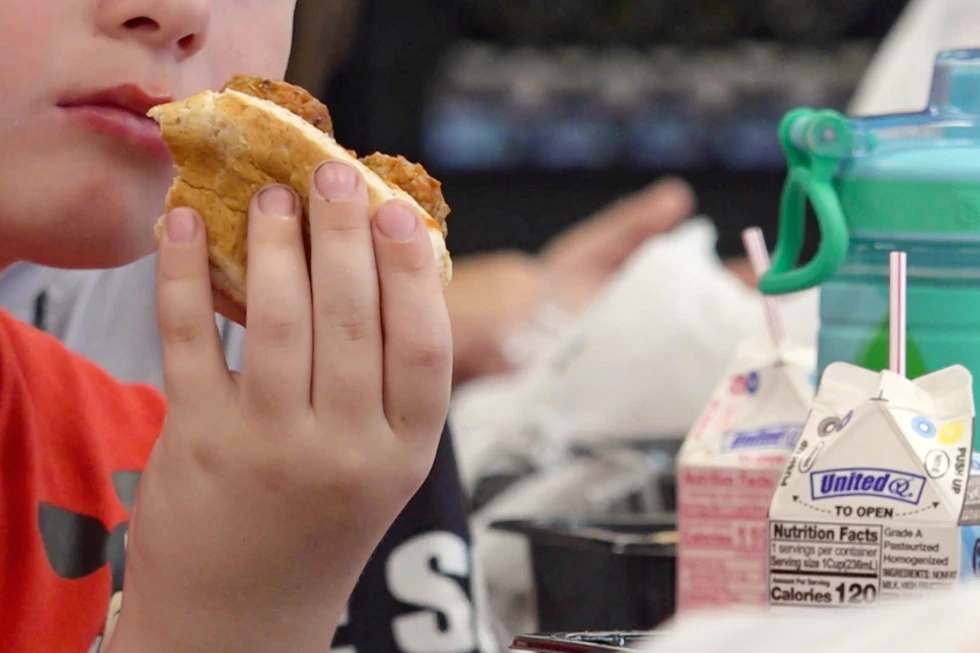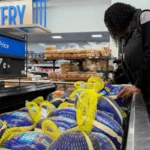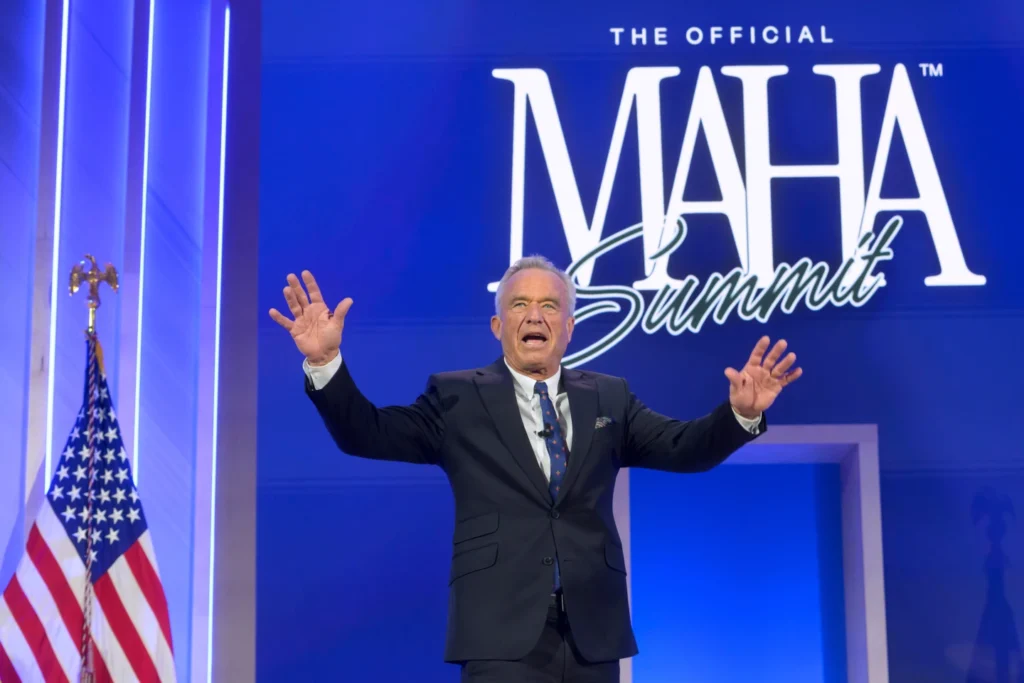West Virginia Artificial Dyes School Meals Ban Begins

West Virginia Artificial Dyes School Meals Ban Starts August 1
When students return to school across West Virginia on August 1, they’ll find fewer artificial colors on their lunch trays. The new law banning seven synthetic dyes from school meals is the first of its kind in the country. This move directly impacts over 240,000 students and marks a major step toward healthier food in schools.
What’s Changing in West Virginia School Meals?
Red Jell-O, sprinkle-topped yogurt, and Cool Ranch Doritos are being removed from menus. These items contain petroleum-based dyes like Red 40, Yellow 5, and Blue 1—now banned under state law. Replacements made with natural colorants from beets, turmeric, and other plant-based sources are taking their place.
“Where do we start?” said Tony Crago, West Virginia’s Director of Child Nutrition. “We had to scan every product for synthetic dyes.”
Diane Miller of Kanawha County Schools said even surprising items like pickles and salad dressing had to be swapped out.
Why West Virginia Banned Artificial Dyes in School Meals
The decision to eliminate synthetic colors stems from health concerns. Artificial dyes have been linked to hyperactivity and attention issues in some children. Governor Patrick Morrisey said the goal is to reduce long-term health risks by removing harmful chemicals from food.
“This law is about protecting our kids,” Morrisey stated when signing the bill in March.
While the FDA claims dyes are safe in approved amounts, it acknowledges that certain children may be sensitive.
Even the FDA Commissioner has backed the movement. “It won’t solve everything,” said Marty Makary, “but it’s a step in the right direction.”
School Districts Adjust, Kids React
In Parkersburg’s Wood County Schools, most items were already compliant. General Mills reported that 98% of their school products were dye-free before the law. In Miller’s larger district, about 10% of food items had to be replaced. That included Pop-Tarts and flavored milk.
“Some students said, ‘No more Doritos?’” Miller recalled.
But many kids don’t seem to mind. Lilith Wilson, age 9, tried the new menu and gave it a thumbs-up. “Sometimes I don’t like it, sometimes I do,” she said.
A Small Fix with Big Symbolism
Experts say artificial dyes aren’t the root of the nation’s health crisis—but they are part of it. Jerold Mande from Harvard called them “hallmarks of ultra-processed food.” Removing them sends a strong message to food makers to rethink their ingredients.
Schools worry about student participation in lunch programs. But offering natural alternatives with kid-friendly flavors remains the top goal.
What’s Next for West Virginia?
This change is only the beginning. A second law will ban artificial dyes and two preservatives from all foods sold statewide by 2028. Meanwhile, nutrition teams are working fast to ensure students continue receiving appealing, balanced meals.
Source: AP News
: 129







